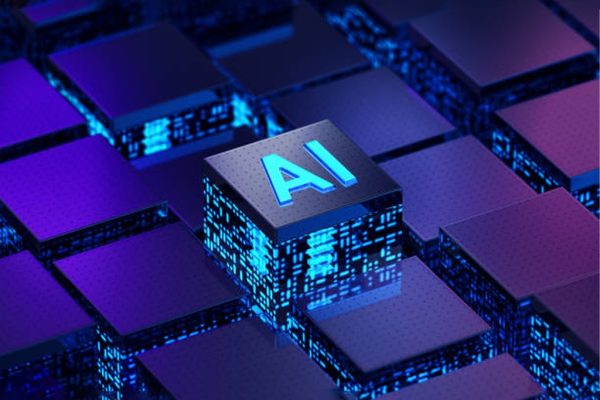Best AI Course in Coimbatore

Artificial Intelligence Overview
We provide the Best AI Course in Coimbatore. AI, or Artificial Intelligence, refers to the simulation of human intelligence in machines that are programmed to think and learn like humans. The goal of AI is to create systems that can perceive their environment, learn, reason, and take actions to achieve goals and can perform tasks that typically require human intelligence, such as visual perception, speech recognition, decision-making, and language translation.
AI Certification Course in Coimbatore
How AI Works
AI systems learn from data. They identify patterns and make predictions or decisions based on these patterns. It is designed to perform specific tasks. Examples include facial recognition, speech recognition, and self-driving cars. Future of AI will have the ability to understand, learn, and apply knowledge across a wide range of areas, like human beings.
Various approaches to AI
A subset of AI that enables systems to automatically learn and improve from experience without being explicitly programmed.
Deep learning has significantly advanced fields such as computer vision and natural language processing.
A branch of AI focused on enabling computers to understand, interpret, and generate human language, including text and speech.
Branch of AI that enables machines to interpret and understand visual information from images and videos.

Healthcare
Diagnosis, drug discovery, personalized medicine

Finance
Fraud detection, algorithmic trading, risk assessment

Entertainment
Recommendation systems, content generation

Customer Services
Diagnosis, drug discovery, personalized medicine

Transportation
optimization
Best AI Training Institute in Coimbatore
Want to Learn More?
- Overview of AI: History, current applications, and future trends.
- Importance of AI in various industries: Healthcare, finance, gaming, etc.
- Introduction to machine learning, deep learning, and natural language processing.
- Module 1: Foundations of AI
- Basics of Python programming.
- Mathematics for AI: Linear algebra, calculus, probability.
- Introduction to data structures and algorithms.
- Module 2: Machine Learning
- Supervised learning: Regression, classification.
- Unsupervised learning: Clustering, dimensionality reduction.
- Model evaluation and selection.
- Module 3: Deep Learning
- Neural networks: Perceptrons, multi-layer perceptrons.
- Convolutional neural networks (CNNs) for image recognition.
- Recurrent neural networks (RNNs) for sequence data.
- Module 4: Natural Language Processing (NLP)
- Text preprocessing and tokenization.
- Sentiment analysis, text classification.
- Language modeling and sequence-to-sequence models.
- Hands-on projects integrating concepts from each module.
- Real-world case studies in healthcare, finance, and autonomous systems.
- Guidance on deploying AI models and ethical considerations.
- Recommendation on books, online resources, and journals.
- Access to AI tools and platforms.
- Dedicated mentorship and support for assignments and projects.
- Guidance on building a portfolio and preparing for interviews
- Job roles in AI: Data scientist, machine learning engineer, AI researcher.
- High demand and well-paid Jobs.